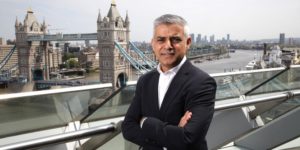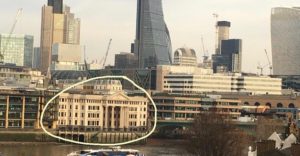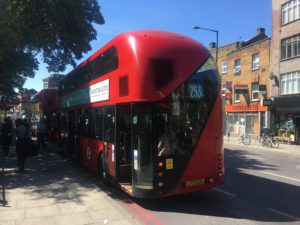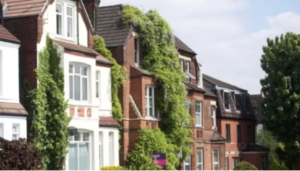Halfway through his first term, there are some curious paradoxes about Sadiq Khan’s tenure as Mayor of London. He has a solid record of announcements under his belt, from a remixed London Plan to cash for affordable housing and eye-catching initiatives such as the borough of culture or ballots on estate regeneration.
While there’s a mounting funding crisis in Transport for London, initiatives such as the Hopper fare for buses have been successful, even if pedestrianising Oxford Street has fallen foul of Westminster Council politics. And Sadiq has campaigned for a capital-friendly Brexit, been vigorous in promoting London’s openness, and appointed well-respected and diverse deputy mayors and committees of advisors.
And yet. And yet. Despite assiduous media management, there are some voices – from Greater London Authority officers to housebuilders to senior borough executives – who talk of the Mayor as remote, inaccessible, disengaged. You can’t meet with him or speak with him, they say. You think you’ve agreed something with a deputy mayor, they complain, but then Sadiq does his own thing. It’s all smoke and mirrors, run by a tight gang around the Mayor who already have their eye on his next big job.
It’s worth pausing to ask whether these murmurs of discontent are simply the protests of the former in-crowd feeling the chill of a change in administration and a significant change in political direction. There’s certainly some of this, and you could argue that previous mayors were perhaps too eager to court housebuilders to little effect in terms of housing delivery.
But I think there’s something more – a change in style, or even mode of governance. Boris Johnson and Ken Livingstone both governed in a highly personal manner; they wielded their authority in a way that the sociologist Max Weber might have described as “charismatic”. For Ken, leadership was a matter of drawing together the factions and alliances that had enabled him to rise to the top of the Greater London Council, doing deals with developers even when he felt like bringing a long spoon, schmoozing the blazered sportsocrats of the International Olympic Committee, and alternately raging at government and wheedling powers and resources from it.
Boris’s regime was even more personalised. From successes such as the promotion of the “Olympicopolis” legacy plan for the Olympic Park – now renamed Eastbank – to more questionable follies such as the ArcelorMittal Orbit, the Garden Bridge and Emirates cable car, his most prominent initiatives were high risk, opportunistic deals, bearing only a glancing relationship to mayoral powers or remit, but using sheer force of personality to lever resources from high net worth individuals and corporations.
All of which seems very far away from Sadiq’s approach. He’s not interested in doing deals, you sense, but in tightening and adjusting the policy levers at his disposal to secure the results he wants. His governance rests on the “legal-rational” (Weber’s term again) basis of the mayoral powers and remit, with decisions taken calmly and rationally – albeit with a keen eye for politics – rather than on the basis of deals done personally or with subordinates.
It’s a fundamentally different model, and one that other people in City Hall (perhaps lower down the pecking order and therefore less likely to miss direct access to the Mayor) relish. One said to me, “With Boris, you got the feeling that he had a highly-tuned machine that he couldn’t be bothered to steer. With this lot, you get clear direction, and authority to go out and do things.” It is also probably more like the technocratic mayoralty that I and fellow members of the transition team expected before the first mayoral election in 2000, when we played “war games” about how the newly established Mayor and London Assembly would operate in practice.
Whether Sadiq’s approach will be more or less successful than his predecessors’ remains to be seen. A city cannot just be governed by deals with developers and ad hoc initiatives devised in Davos cloakrooms, but it probably can’t run like an algorithm either. The Mayor’s resources are limited, so he needs to work with investors and developers to build the city he wants. With a few exceptions, I applaud Sadiq’s policies. But I wonder how some of them will be implemented.
Richard Brown is research director of Centre For London, the capital’s dedicated think tank. Read previous pieces he’s written for On London here, here and here.









